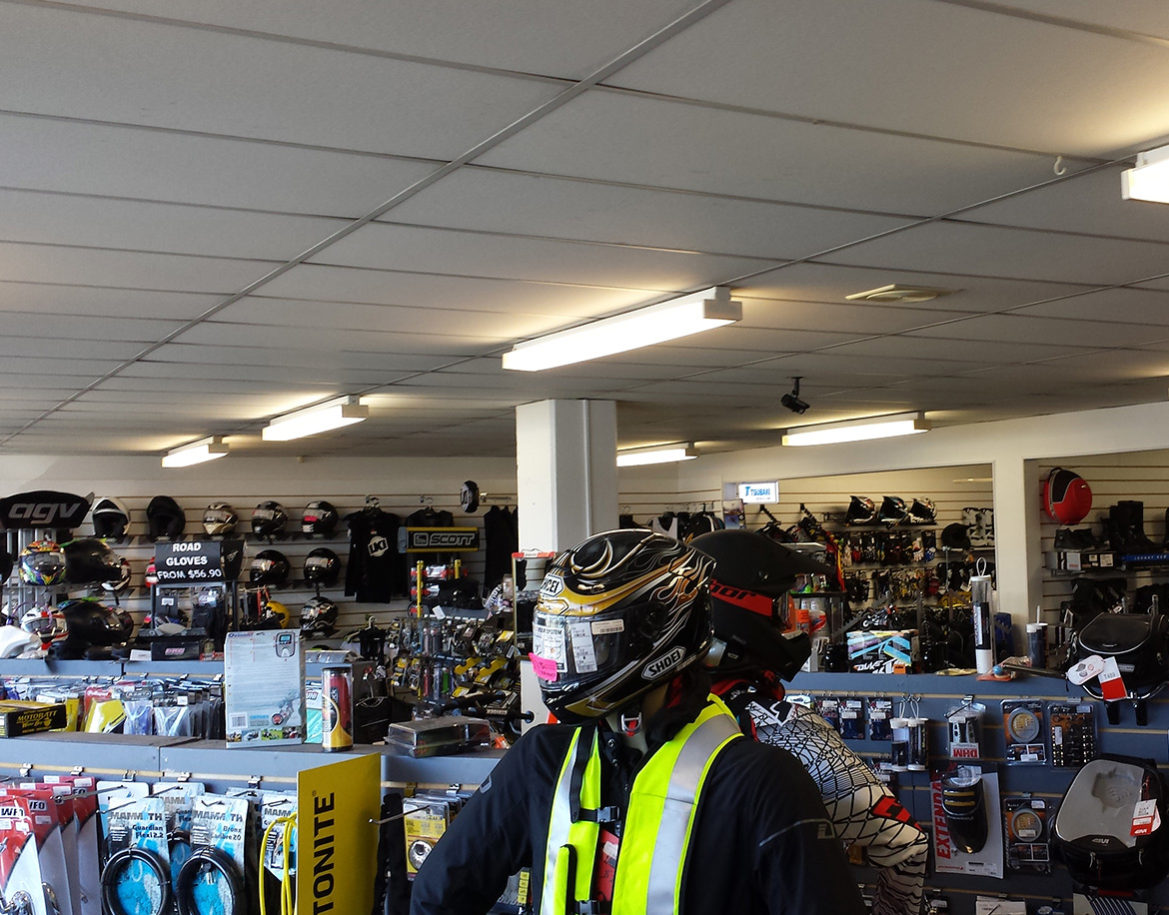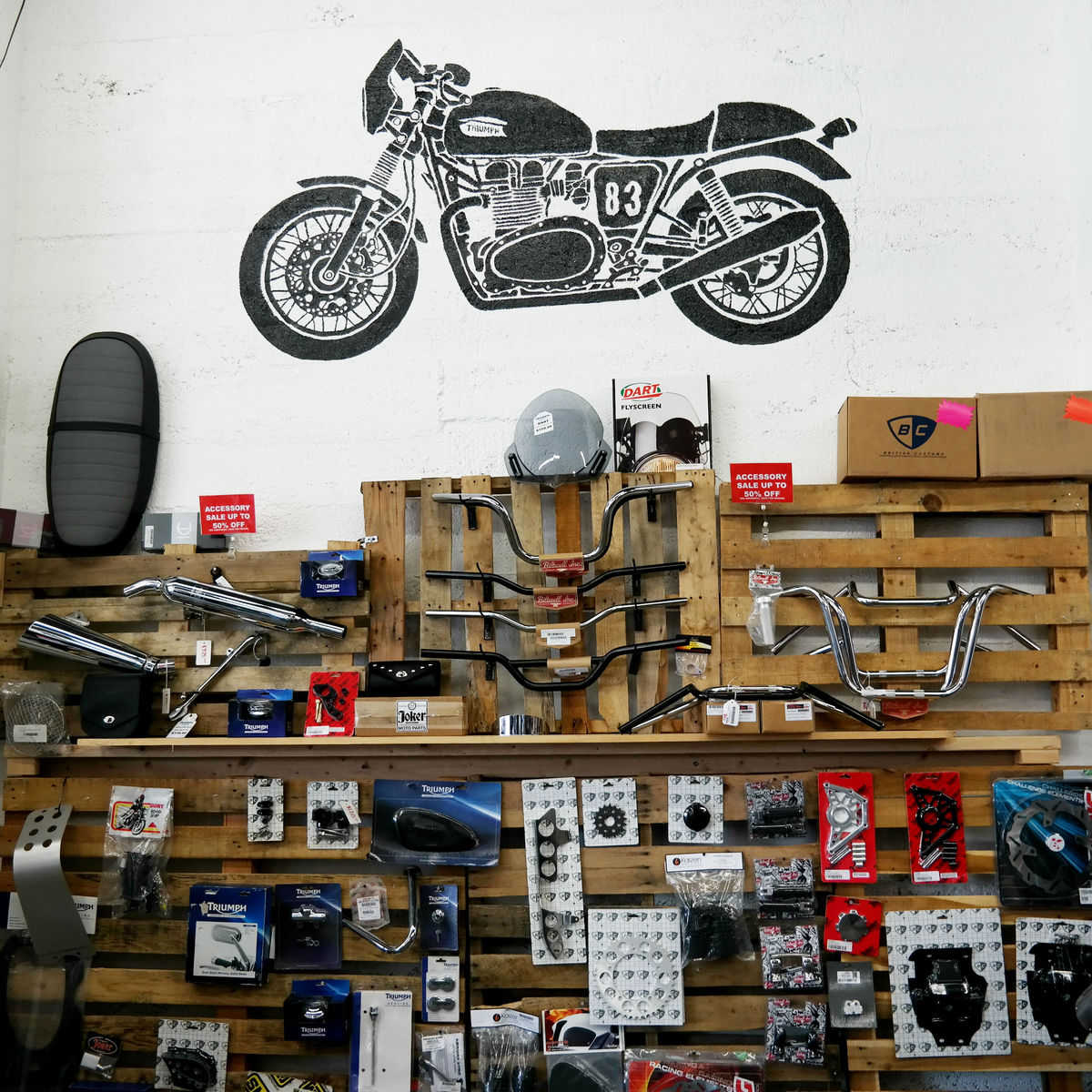Store the most effective MX Parts NZ for Your High-Performance Bike
Store the most effective MX Parts NZ for Your High-Performance Bike
Blog Article
Recognizing the Vital Parts of a Motorcycle: A Comprehensive Guide for Fanatics
For motorbike enthusiasts looking to raise their riding experience and guarantee their bikes run smoothly, recognizing the crucial parts of a bike is extremely important. Each element, from the engine's detailed functions to the essential role of the braking devices, not only impacts efficiency but additionally safety and security and comfort.
Engine Elements

The camshaft plays an essential role in managing the timing of the engine's valves, ensuring the accurate opening and closing needed for reliable fuel and air consumption, along with exhaust expulsion. This timing is important to keeping optimal engine performance and efficiency. Furthermore, the carburetor or fuel shot system, depending upon the motorbike version, is liable for blending air with gas in the right proportion for combustion.
The air conditioning system, either air or liquid-based, functions to preserve the engine's temperature level within operational restrictions, preventing getting too hot and guaranteeing long life - motorcycle parts nz. Each component, carefully created and incorporated, adds to the seamless operation of the engine, defining the bike's power result and total efficiency
Transmission System
Important to the motorbike's capability, the transmission system makes certain efficient power transfer from the engine to the wheels. This system makes up a number of crucial components, consisting of the clutch, transmission, and last drive, each playing a vital duty in translating the engine's power right into motion. The clutch, generally run by a hand lever, offers to disengage the engine and involve from the transmission, permitting smooth gear adjustments and controlled velocity.
The transmission, often described as the transmission appropriate, has a set of equipments that motorcyclists can by hand move via to change the bike's rate and torque output. These equipments are organized in a series that allows the motorcycle to increase smoothly and keep optimal engine performance throughout numerous speeds. Most bikes use a consecutive gearbox, requiring the rider to move gears in a fixed order.
Braking Devices
While understanding the transmission system is vital to utilizing a bike's power, equally crucial is the capability to regulate and stop that power efficiently, which is where stopping mechanisms enter into play. Brakes are essential for safety and security and performance, offering the motorcyclist with the necessary control to navigate different surfaces and problems. Generally, bikes include 2 kinds of braking systems: disc brakes and drum brakes.
Disc brakes are extra widespread in modern motorcycles due to their remarkable efficiency. They consist of a brake disc, caliper, and pads. When turned on, the caliper squeezes the brake pads against the spinning disc, converting kinetic power right into heat, thus slowing down the wheel. This system supplies better warm dissipation, consistent performance, and improved quiting power, specifically in damp conditions.
On the other hand, drum brakes, though less common, are still found in some motorbikes. They work by pressing brake shoes versus the internal surface of browse around here a drum connected to the wheel. While typically less effective in heat dissipation and quiting power, drum brakes are less complex and extra cost-effective.
Understanding these braking systems' subtleties enables bikers to maintain their motorcycles properly and value the design that guarantees safe and reliable stopping.
Suspension and Steering
Suspension and steering systems are vital components that dramatically affect a bike's handling and adventure comfort. The suspension system, containing forks at the best motorcycle gloves front and shock absorbers at the rear, takes in road irregularities, boosting stability and control. Front forks, generally telescopic or inverted, compress and rebound to mitigate effects, while rear shock absorbers keep tire contact with the road, vital for traction and safety and security.
Steering, centered around the handlebars, attaches the biker to the motorcycle's directional control. The guiding head bearings make certain smooth operation, enabling accurate maneuverability. Proper positioning and maintenance of these bearings are critical for predictable guiding response and lowering biker exhaustion.
The suspension's adjustability is one more vital facet; preload, damping, and rebound settings enable customization to fit numerous riding problems and designs. This versatility is crucial for optimizing efficiency, whether browsing urban roads or taking on rugged tracks. Innovations like electronic shock absorber offer real-time modifications, boosting ride high quality throughout diverse terrains.

Electrical Equipments
After making certain a smooth and controlled ride through effective suspension and guiding systems, attention turns to the electrical systems, a crucial element of modern-day bikes. These systems play an essential duty not just in beginning the engine yet likewise in powering different elements that improve the performance and security of the motorbike.
At the heart of a motorbike's electric system is the battery, which stores electric power required for starting the engine and powering auxiliary systems - moto parts nz. The generator or generator, paired with the rectifier-regulator, makes certain the battery stays charged while the motorcycle is in operation, converting mechanical power into electric power and preserving voltage levels
The ignition system, another vital part, is liable for firing motorcycle repair shops near me up the air-fuel mix in the engine's cylinders. Modern motorcycles frequently make use of a digital ignition system, supplying better effectiveness and reliability compared to traditional systems.
Lights systems, consisting of headlights, tail lights, and indicators, are additionally essential, making certain visibility and safety for the cyclist. Extra electronic elements such as sensors, control devices, and shows contribute to advanced features like gas injection monitoring, anti-lock stopping systems (ABDOMINAL), and digital dashboards, additionally improving the riding experience.
Verdict
A complete comprehension of a bike's vital parts, including the engine, transmission system, stopping devices, suspension, steering, and electric systems, is important for lovers intending to maximize comfort, security, and efficiency. Proficiency of these components permits informed decisions relating to upkeep and upgrades, ultimately improving the riding experience. By incorporating this knowledge, bikers can ensure their motorbikes run at peak performance and integrity, therefore maximizing both pleasure and long life of their lorries.
For motorcycle enthusiasts looking to elevate their riding experience and guarantee their bikes run efficiently, understanding the crucial parts of a motorcycle is critical.Important to the motorbike's functionality, the transmission system makes sure reliable power transfer from the engine to the wheels.While comprehending the transmission system is crucial to taking advantage of a motorbike's power, equally essential is the capability to control and stop that power effectively, which is where stopping devices come right into play. Normally, motorbikes include 2 types of stopping systems: disc brakes and drum brakes.
A detailed understanding of a motorbike's important components, consisting of the engine, transmission system, stopping mechanisms, suspension, guiding, and electric systems, is essential for enthusiasts intending to maximize performance, security, and comfort.
Report this page